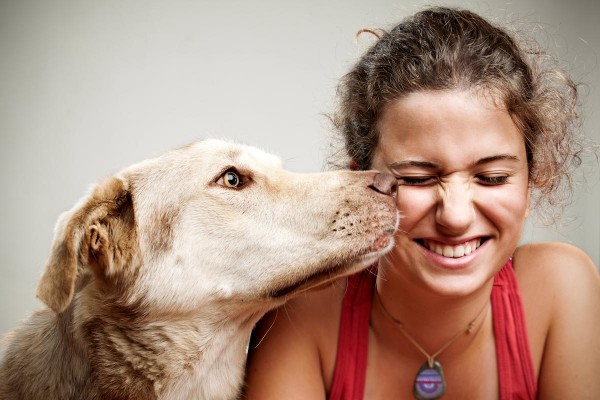
Advertisement
Dogs are incredible, loving creatures – we already know that. But, man’s best friend is capable of more than just companionship. It turns out that dogs can also be great medical assistants, too. And for people who suffer with diabetes, dogs may even be able to save lives.
Dogs are being trained to detect all kinds of things, including low blood sugar – which is dangerous for diabetics. Dogs have an average of 300 million scent receptors in their cute little noses, which enables them to do a multitude of things that humans can’t; that is why dogs are used to sniff out bombs and track missing persons.
In addition to having about 295 million more scent receptors than a human nose, the part of dogs’ brains that is dedicated to analyzing smells is also about 40 times greater than ours.
Some experts posit that it may not inherently be the low blood sugar that dogs are smelling, but it is perhaps other aspects of hypoglycemia that dogs are picking up on. Anonymous reports: “According to the InSitu Foundation, the leading experts in the field of training cancer detection dogs, a dog’s nose is so finely tuned, it is able to determine our emotional state.”
Researchers from the University of Cambridge have recently identified a chemical in our breath that could actually be a signal to dogs that a person’s blood sugar levels have changed dramatically. For the study, eight women with type 1 diabetes had the volatile organic compounds, or VOCs, in their exhaled breath measured. The researchers also gave the patients infusions to artificially induce a hypoglycemic state. They found that levels of isoprene rose significantly after the patients’ blood sugar levels plummeted. Isoprene is only one of many VOCs found in human breath, however, it is the most common.
The study’s lead investigator, University of Cambridge lecturer, Dr. Mark Evans, told NPR: “All we have done is find one signal. I suspect that dogs respond to a combination of cues including [VOCs], but also subtle behavioral cues.”
A survey of diabetic patients with alert dogs suggests that most people are quite happy with their canine companions; the average satisfaction score was 8.9 on a 10-point scale.
Dogs are also being trained to help sniff out cancer and assist people with a host of other diseases and conditions. In addition to being your best friend, a dog may just help save your life.
Sources:
Submit a correction >>
This article may contain statements that reflect the opinion of the author
Advertisement
Advertisements















